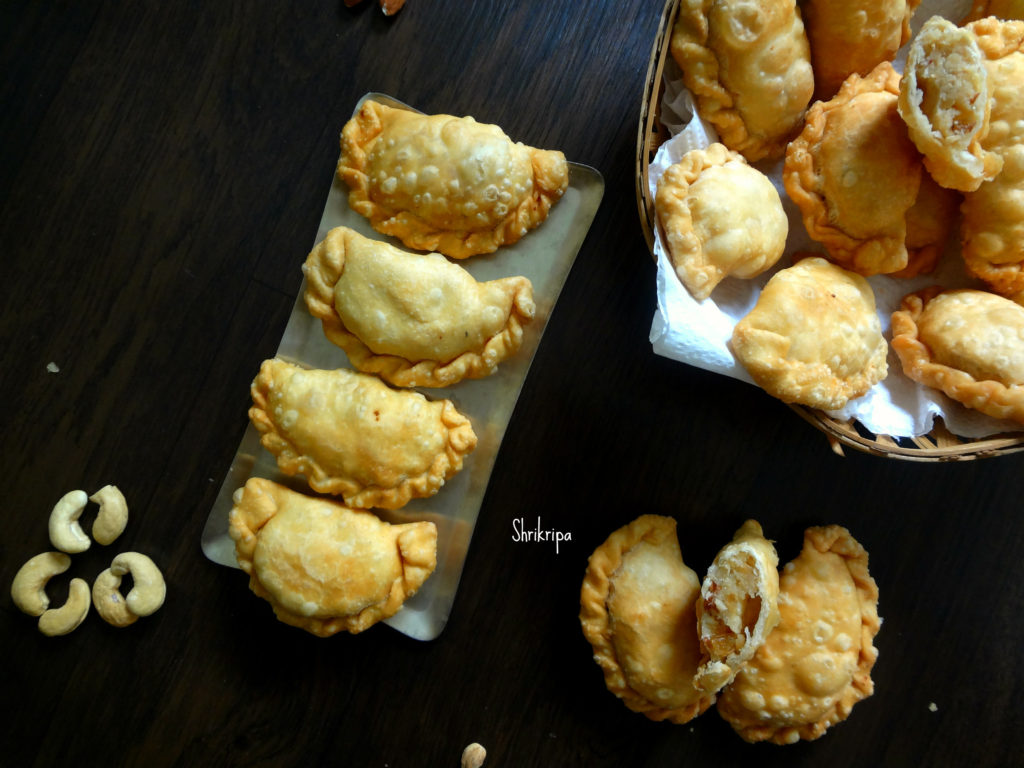Sago/ Sabudana is also known as Sabbakki, Javasiri in Southern part of India. Yes! It has many names and is one of the favourite staple foods during the festivals or fasting time. Sabudana is rich in complex carbohydrates due to which, it is easy to digest as well as takes longer to breakdown. Hence, you don’t feel hungry for long.
In our tradition, it has been used from ages during the summer time to maintain body heat, during the time of illness or as baby food. During all these situations, people need to take low calorie, high in energy, easily digestible meal option. Traditionally it is combined with rice while making gruel.
In India we normally make sweets as well as savouries from these edible pearls. Sago is usually confused with Tapioca pearls. Sago is extracted from the inner pith of the tropical palm trees. On the other hand, Tapioca pearls are made by using Cassava, it is a tuber.
In Summer, it is a good idea to include Sago, rice as well as curds in your diet to maintain body heat. I have included fresh homemade turmeric powder, fresh coconut, cumin as well as chopped coriander to enhance the taste as well as nutrients.

Ingredients:
Rice Rava / Idli Rava – 2 cups
Sabudana – 1 cup
Curds – 2 cups
Water – 1 cup
Cumin – 1 table spoon
Turmeric – 1 tsp
Salt
Grated coconut – 1 fist full
Chopped coriander leaves – 3 table spoons
Eno fruit salt or cooking soda – 1 tsp
Method:
-Mix Rice Rava and Sabudana, wash twice and drain. Add curd, water, cumin, turmeric powder, salt and keep it covered overnight.

-Next morning, add coconut, Eno fruit salt, coriander. If needed, adjust the consistency of the batter by adding little extra water.


Mix well and make idlies like regular idlies in an idli steamer for about 10 minutes and serve with chutney.
NOTE: Vegans can substitute with any plant based curds to make this batter.
































